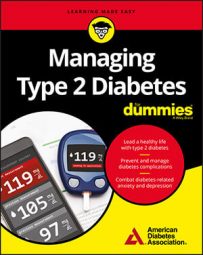Your height will also be recorded. The ratio of your height and weight is called body mass index (BMI), and it’s used to determine whether you’re underweight, normal, overweight, or obese. A BMI of 25 mg/k2 (23 mg/k2 for Asian Americans) or higher could mean that you need to lose weight, and a BMI of 27 mg/k2 or higher, coupled with your diabetes, could mean you’re a candidate for weight-loss medications. If you have type 2 diabetes and a BMI of 35 mg/k2 or higher, you may consider bariatric surgery.
Fluctuations in weight — up or down — may also mean you need to adjust your medications, meals, or physical activity.

